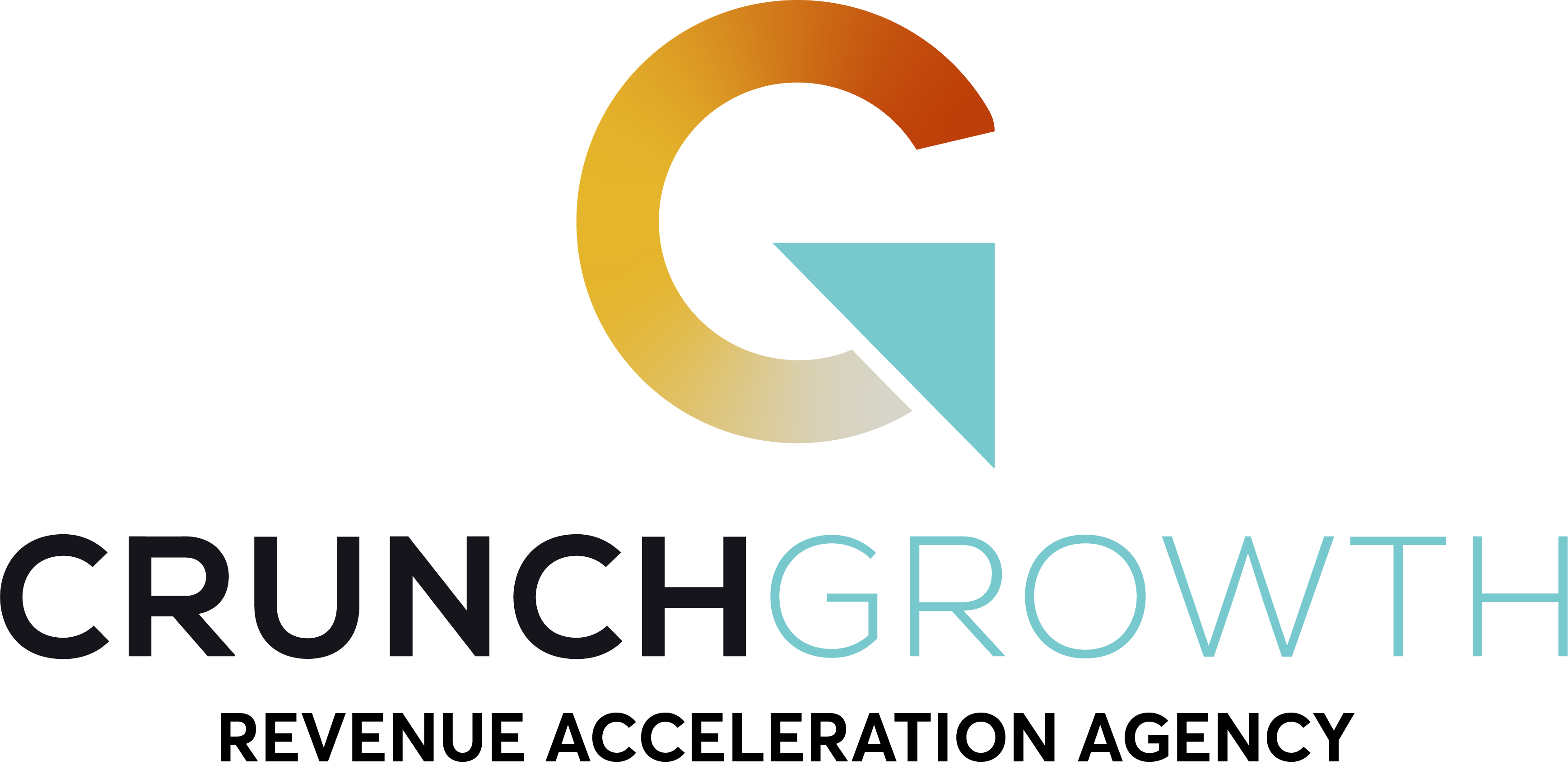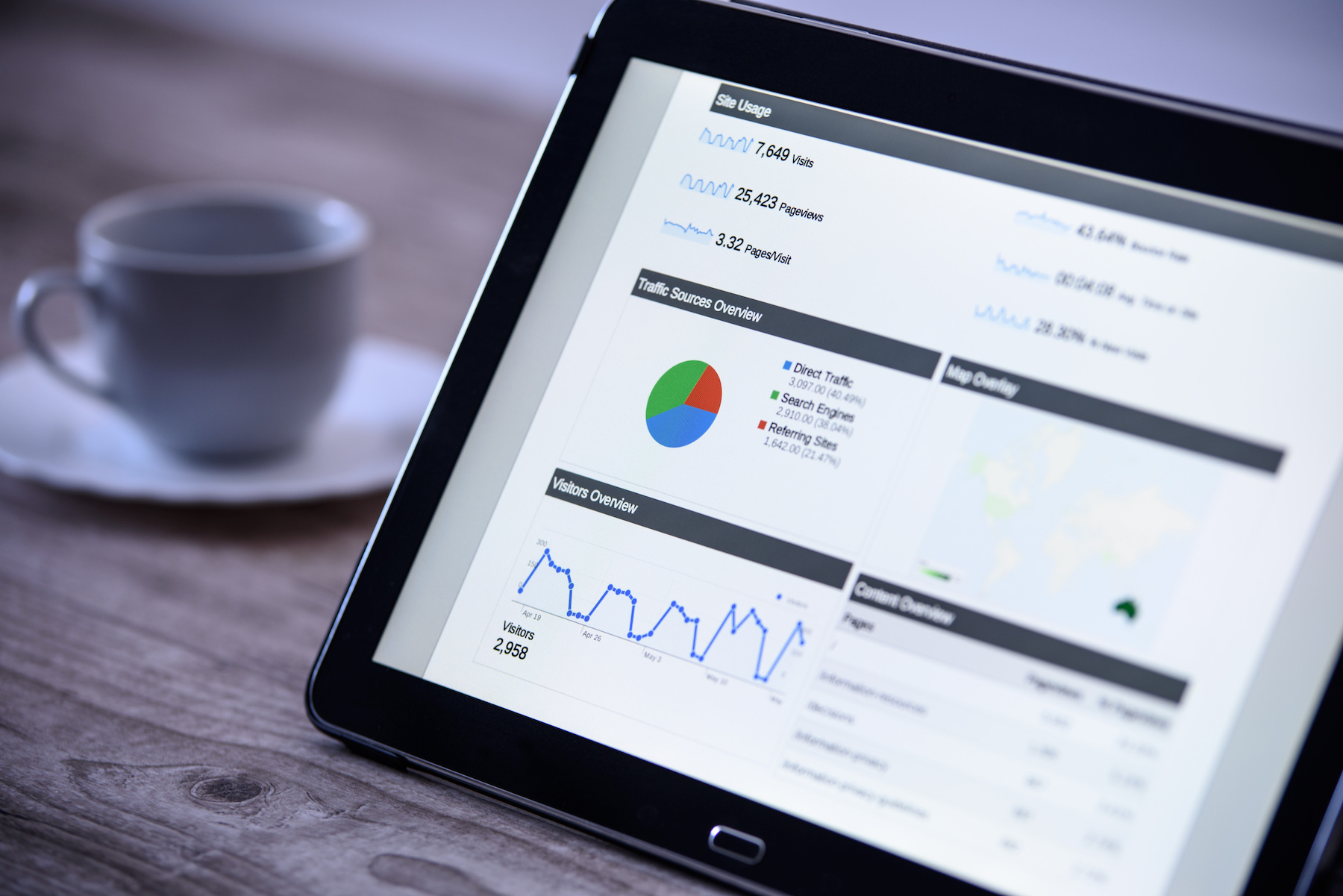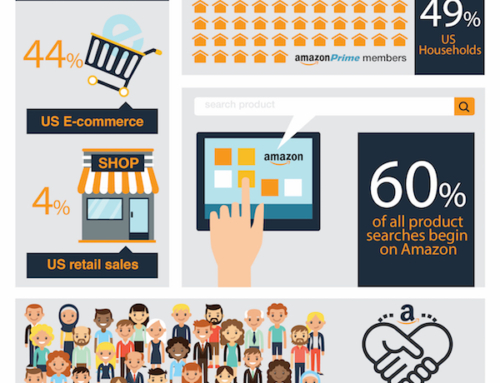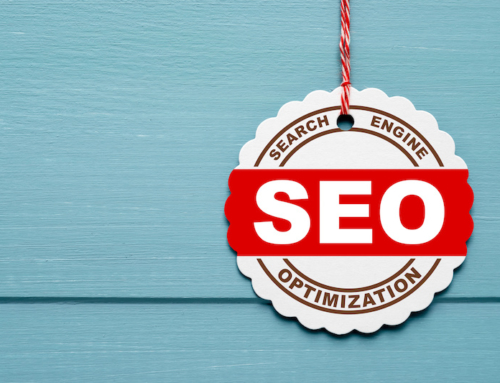6 Adwords Tips For eCommerce Only The Pros Know
For Adwords tips and marketing information in general, I love Google. I don’t mind saying it. To me, the data that pours from it is unrivaled. Here are 6 Adwords Tips to help you love adwords even more and get the best CPA results for your eCommerce site.
AdWords, if you are not familiar, is a very powerful online advertising service that enables advertisers to compete to display product and service ads to web users, based on keywords predefined by the advertisers.
AdWords offers pay-per-click (PPC) (cost-per-click (CPC) advertising); cost-per-acquisition (CPA) advertising; cost-per-thousand-impressions (CPM) advertising; site-targeted advertising for text, banner ads, and remarketing.
In the many years that I have been advertising online, it is still the best tool out there to provide measurable results on your ad spend.
But there is always room for improvement and if you want to improve your results, then here are a few Adwords tips from some of our pro’s here at ClicBlox.
Improve Your Quality Score

Quality Score of PPC
You are not going to believe this but, the order in which Adwords chooses to display your add is not based solely upon the highest bidder. Your Quality Score, the amount of your bid and your use of ad extensions are all taken into account. Given that these 3 dynamics are determining your success with ad placement it makes sense that the first thing you should work on is improving your Q Score.
How do you do it? There are many ways but the first thing to do is focus on your ad groups.
Build your campaigns into smaller ad groups
By structuring your campaigns into targeted ad groups, you are elevating the relevancy between the search query and the ad. So set up your campaigns with many ad groups that are specific and related to the keywords it contains.
Optimize your keyword copy
Choose ad copy that is closely tailored to your keywords. This will increase the relevance of your keywords to each of your ads. Not only will this help you increase your Quality Score, but it will also help to increase your click-through rate.
Ensure your landing pages are relevant to the ad topic
Unlike some aspects of the mysterious Quality Score “secret sauce,” we know that Google takes landing page relevance into account when calculating Quality Score. Well, technically, Google considers the overall “landing page experience,” but relevance plays a big role.
Maximize your Use of Google Shopping Product Listing Ads

Google PLA example of search for basketballs
Google Shopping Product Listing Ads (PLA) allow you to show your product image, price, and store name right on the search page. You only pay when someone clicks through to your site. These are the ads we see on the right hand side of the search results. Sometimes they appear on the top of the page. They attract the eye of the shopper faster and more completely than a text ad does. So your chances of getting a click to your site are much improved.
Next-level Shopping accounts build on of this foundation and apply all of these principles down to the SKU-level. These above average accounts also start to implement a process for feed optimization, or the ongoing integration of high-intent consumer keywords within the product feed. The introduction of technology virtually allows advertisers to target PLAs by exact match keywords.
Use As Many Ad Extensions As Possible
Ad extensions create more reasons to click your ad
Ad extensions are a type of ad format that show extra information (“extending” from your text ads) about your business. Some can be added manually and others are automated.
Similar to higher ad positions, ad extensions give your ad more prominence on the search results page. This additional prominence has two main benefits:
- Improved visibility: Ad extensions tend to improve your ad’s visibility.
- More value: Ad extensions often increase your total number of clicks by improving the clickthrough rate (CTR) of your ads. They provide valuable ways for users to learn more about your business or interact with your ad, such as making a phone call to your business or providing more links to your website.
How ad extensions work
AdWords shows one or more extensions with your ad when it calculates that the extension (or combination of extensions) will improve your performance, and when your Ad Rank is high enough for it to appear. Adding an extension won’t guarantee that it will show with your ad, but you can keep track of when your extensions are appearing on the Ad extensions tab. Since AdWords requires a minimum Ad Rank (factoring in your extensions) before showing extensions, increase your bid or your ad quality (or both) in order for your extensions to show
AdWords creates and displays the automated extensions formats when it predicts that they’ll improve your ad’s performance. No setup is required. So the option to create automated extensions doesn’t appear in the drop-down menu of the Ad extensions tab.
Don’t Rely Fully On Automated Bidding
A big danger from using anything automatic is that it might enable you to focus less on what actually needs to be done. By using automatic bid management you are essentially relieved from responsibility (either on a conscious or subconscious level).
I’ve talked to plenty of people enabling CPA bidding in AdWords. What they have done is to lean back waiting for the money to start rolling in.
Think of your AdWords campaign as a funnel. If your ads or keyword selection are poor you will have a very tight exit at the end of the funnel. No matter what your bid management software is doing inside the funnel, only a set amount of conversions are eligible to slip out of the funnel at any given time.
Contrary to common belief, automatic bidding can’t solve an already broken campaign. Optimally implemented automatic bidding can help elevate the profits from a successful campaign, but it can’t fix what’s broken.
Drive Ads To Specific Landing Pages
Design your landing pages to contain content that uses your targeted keywords for each ad group. It may not be practical to design a landing page for each ad group, but it will help to increase relevancy. A highly relevant landing page will also help you with increased conversions. If your searchers read your ad, then click through and they land on a page that fulfills their expectations, then you are likely to have happy visitors that may turn into customers.
To check on how Google sees your landing pages and which keywords they are relevant to, use the Google AdWords Keyword Tool and type in the landing page URL into the “website” search box. You will get a list of keywords that Google thinks are most relevant.
Utilize Ad Scheduling
If you have a local business and you work from Monday to Friday, why run your AdWords Campaign from Monday to Sunday? That’s a key question I ask to all of my M-F clients.
The other day, one of my clients decided to run a campaign from Monday to Sunday to the whole United States with a $20 budget. I told her this wasn’t a good idea due to the limited budget. I suggested, limit the days of the week and the hours of the day.
After a week had passed by, I told her to reconsider my advice as we were limited by budget and the business received no calls on Sundays and Saturdays. She implemented my advice, and now we are stretching our budget during the week and the campaign is being more efficient.
Timing is everything; you want to make sure your ads are showing when your customers are awake and online! Ad scheduling or Day Parting simply lets you specify certain hours or days of the week you would like your AdWords ads to show.
AdWords is a great tool and Google continues to improve it and make it more powerful. When put in the right hands it can drive customers to your eCommerce site at a very effective cost. But don’t think that it is the only thing you should do. SEO, Site Optimization and your off site advertising all work to improve Adwords results. Call us, we will show you the right way to do it.












[…] so where do you go from there when you want to cut costs and see click-through? Try to find new keyword niches. For example, if you sell retro glasses frames, you might want to use keywords like […]
[…] have been an essential source of innovation and growth around the globe. The rise of the internet, e-commerce, and other technological revolutions has opened up endless possibilities for entrepreneurs, which […]